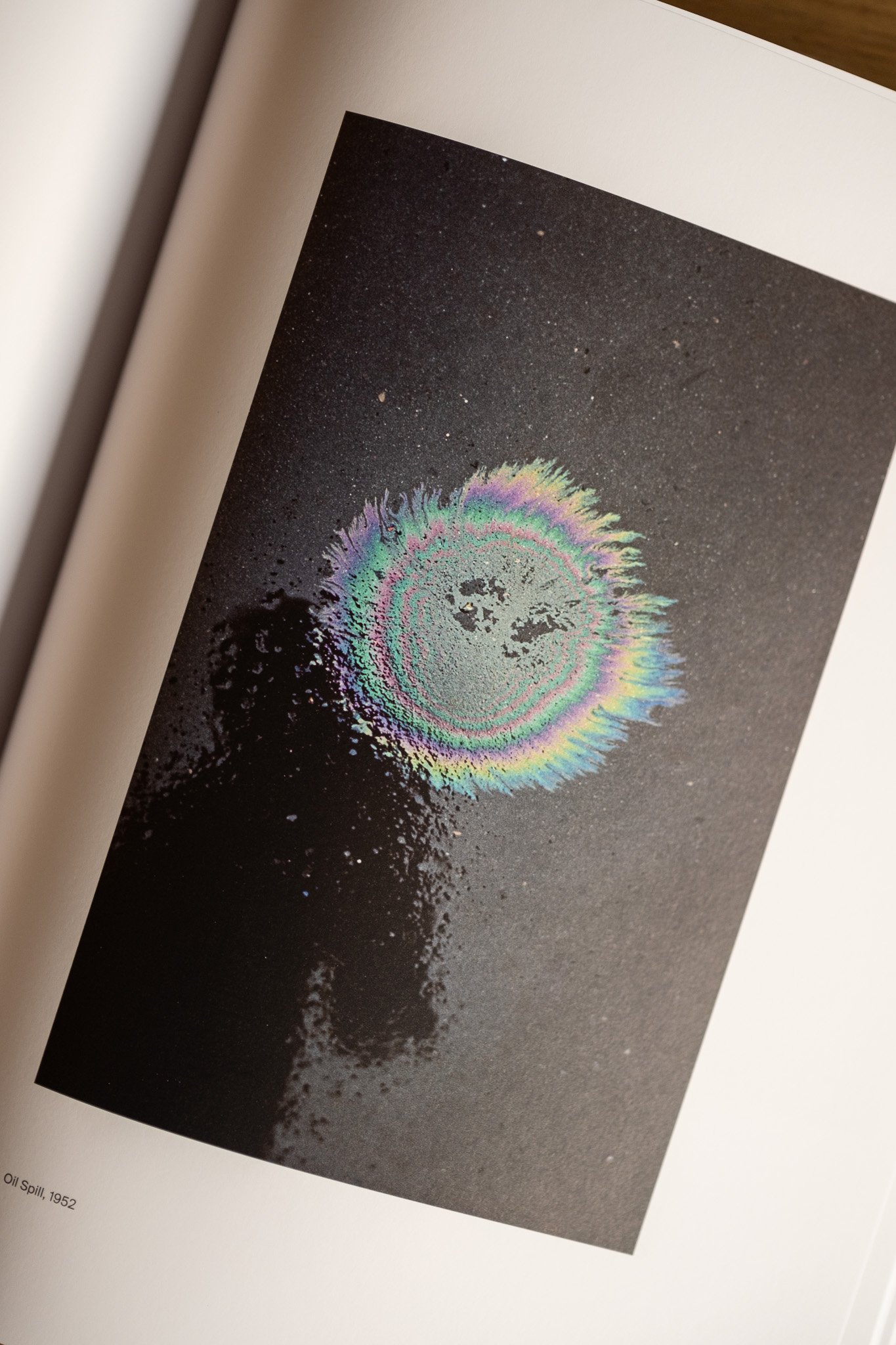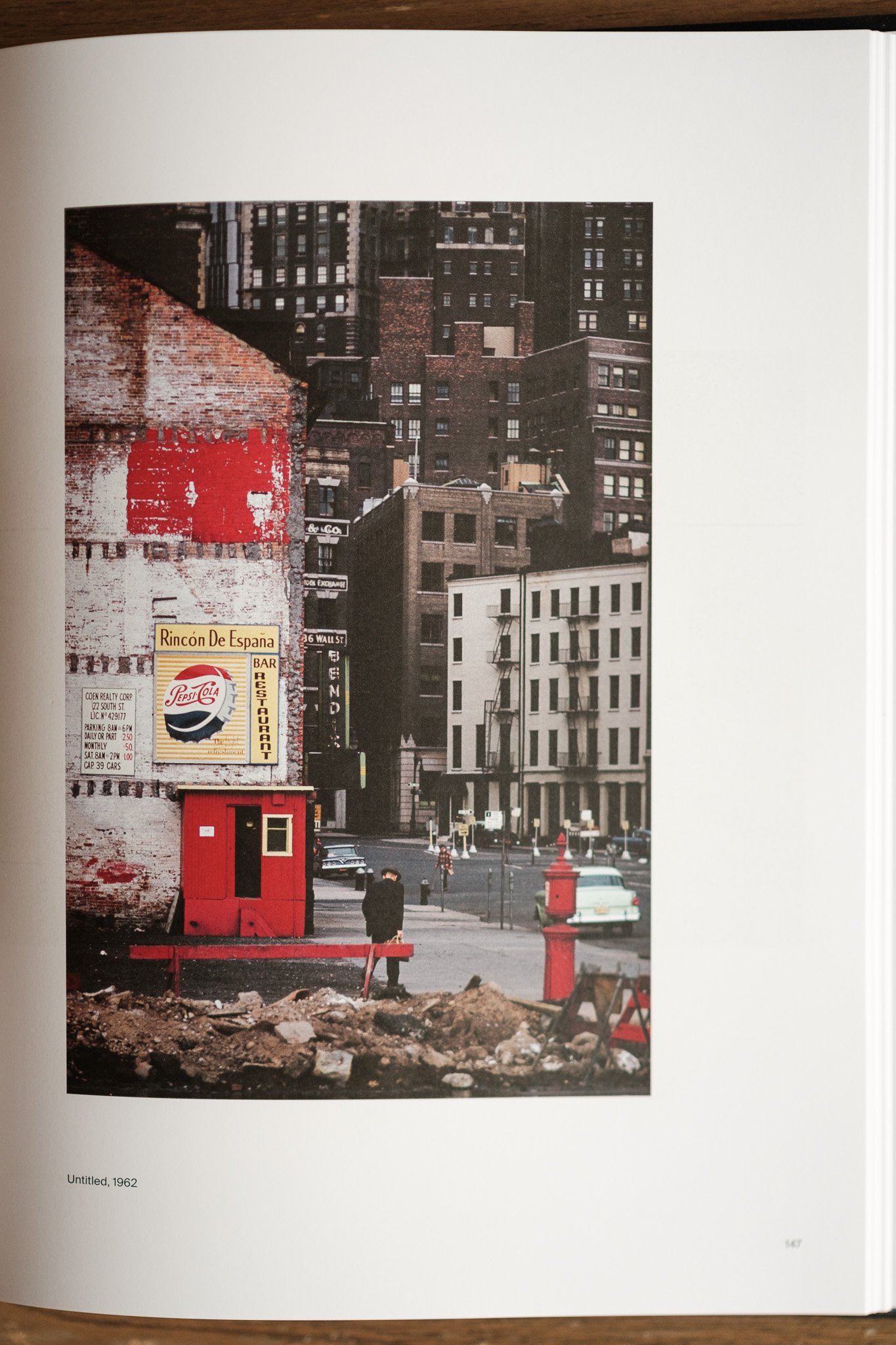Ernst Haas: New York in Color
Unlocking the Visionary: Ernst Haas
In the dimly lit streets of post-war Vienna, Ernst Haas (1921-1986) began a journey that would revolutionize the world of photography. At a time when black and white photography dominated the artistic landscape, Haas dared to dream in color, eventually becoming one of the most influential photographers of the 20th century.
The Early Years: Foundation of a Vision
The ruins of post-World War II Europe served as Haas’s first canvas. Working in black and white for magazines like Heute, his distinctive eye caught the attention of the legendary Robert Capa. In 1949, Capa extended an invitation that would change Haas’s life—membership in the prestigious Magnum Photos collective. This marked the beginning of a remarkable journey that would transform both the photographer and the medium itself.
Technical Innovation in Color Photography
Haas approached color photography with the mind of an inventor and the heart of a poet. When others saw Kodachrome film’s slow ISO rating of 10 as a limitation, Haas recognized an opportunity for innovation. He developed his signature motion-blur technique through careful manipulation of shutter speeds. His work was groundbreaking, and he thrived on pushing boundaries, using Kodachrome film to capture unique compositions with vibrant color and movement.
The Language of Color
While his contemporaries treated color as mere decoration, Haas understood its profound emotional power. His approach to color was akin to that of a musician to notes, crafting visual symphonies through his knowledge of color theory in photography. His photographs didn’t simply record color; they explored its psychological depths, using it to evoke emotional responses and create abstract narratives. In his hands, a reflection in a rain-slicked street became a meditation on urban life, and a sun-dappled landscape transformed into an exploration of natural harmony.
Groundbreaking Projects and Publications
The world took notice of Haas’s revolutionary approach in 1953 when LIFE magazine published his groundbreaking color photo essay on New York City, marking the first time the magazine had devoted so much space to color photography by a single artist. The Museum of Modern Art (MoMA) followed suit in 1962, presenting its first solo exhibition of color photography, “Ernst Haas: Color Photography.” These milestones paved the way for his influential books, including The Creation (1971), which sold over 250,000 copies, and In America (1975), a visual poetry of his adopted homeland.
Multimedia Innovation: Ahead of His Time
Long before the digital age made multimedia storytelling commonplace, Haas experimented with combining different forms of artistic expression. His 1962 audiovisual presentation of The Creation demonstrated his understanding that photography could transcend the single frame. By weaving together images, music, and poetry, he created immersive experiences that foreshadowed today’s multimedia installations. His innovative use of multiple projectors and choreographed soundscapes opened new possibilities for photographic storytelling.
A Master’s Approach to Photography
Haas’s technical mastery was inseparable from his artistic vision. His approach to photographic composition went beyond traditional rules, incorporating elements of abstract expressionism and musical rhythm. He showed photographers how to see color temperature as an emotional tool and how complementary colors could create visual tension and harmony, teaching that color photography was about expressing time and emotion.
Legacy and Modern Relevance
Today’s photographers continue to draw inspiration from Haas’s methodologies, which transformed photography into an accepted form of fine art. His influence extends beyond the technical aspects of photography into the realm of artistic philosophy. He showed that true innovation comes from deep personal exploration and fearless experimentation. Bridging the divide between commercial and fine art photography, he proved that artistic integrity and commercial success could coexist.
Even in the digital age, Haas’s fundamental teachings remain vital. His emphasis on seeing beyond the obvious, using color as an emotional language, and pushing the boundaries of what’s possible continues to inspire photographers worldwide. His work reminds us that photography is not just about capturing what exists, but about revealing what could be.









